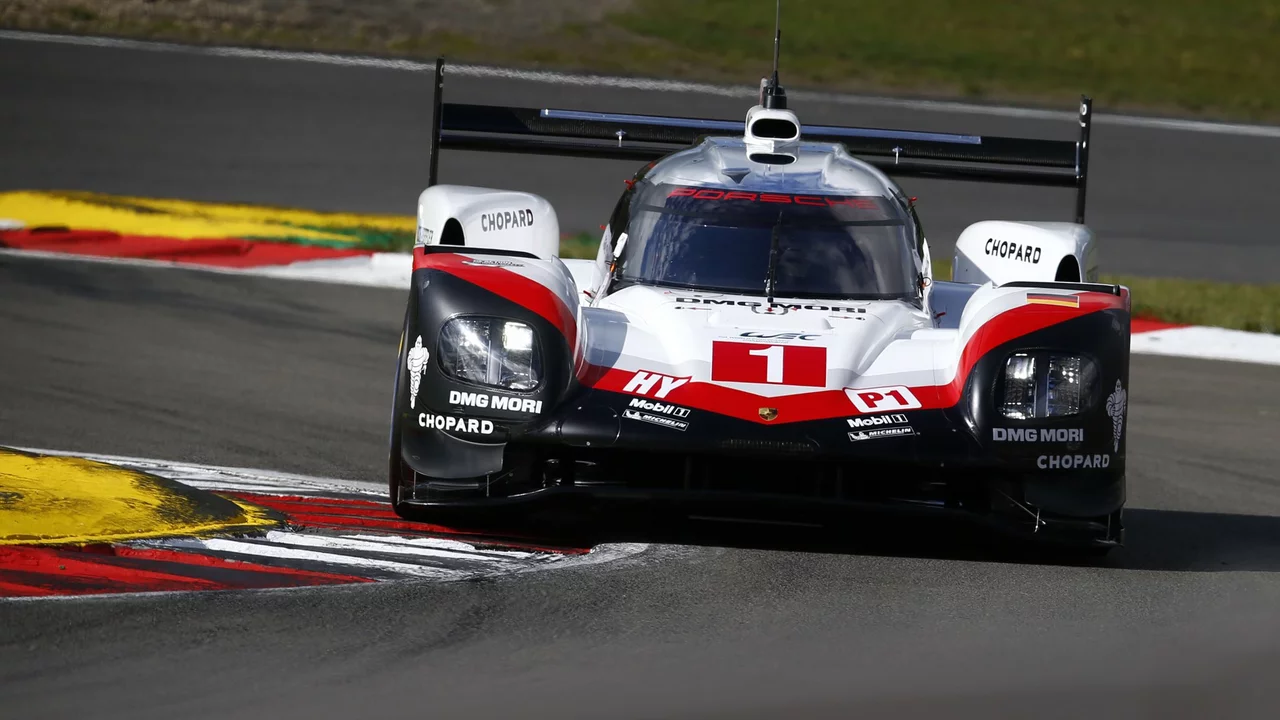Speed Comparison in Motorsport
When you talk about speed comparison, the practice of measuring and contrasting how fast different vehicles, drivers or laps are. Also known as performance benchmarking, it helps fans, engineers and racers see who has the edge. The same idea shows up in racing, competitive motorsport events that range from street circuits to desert rallies, where every fraction of a second counts. In qualifying speed, the single‑lap pace used to set the starting grid, a higher number means a better chance at victory. Finally, lap times, the recorded duration of one complete circuit are the raw data that fuel all speed comparison discussions.
Why does anyone care about comparing speeds? Because it tells a story. Take the Indy 500, where the fastest 33 drivers earn a spot on the grid – that rule ties qualifying speed directly to race day success. In endurance events like the 24‑hour Le Mans or the Dakar Rally, speed comparison shifts from pure top speed to consistency over hours, testing both man and machine. Even motorcycle racing, with its razor‑thin margins, uses speed comparison to weigh safety against thrill; higher speeds mean more risk, so riders and regulators constantly eyeball numbers. The same logic appears when a brand like Bugatti chooses not to field a racing team – their focus stays on absolute performance numbers for road‑legal hypercars rather than comparative race data.
Speed comparison isn’t just about raw numbers; it’s about the tools that generate them. Telemetry, GPS timing loops, and high‑speed cameras capture data that feed into lap‑time analysis software. Engineers then break the data into attributes like straight‑line top speed, cornering velocity, and braking distance. Those attributes become the building blocks of a performance profile. For example, a drag‑racing legend such as Don "Big Daddy" Garlits set benchmarks by improving quarter‑mile times, while modern street‑legal bikes intended for track days are judged on how closely they can match dedicated race machines in lap‑time runs. The chain of cause and effect looks like this: speed comparison encompasses lap‑time analysis, lap‑time analysis requires telemetry data, and telemetry data influences vehicle setup decisions. This triple of relationships shows how each piece depends on the other.
People also use speed comparison to fuel career moves. Aspiring motorsport journalists learn to read and explain performance data, turning raw speed figures into compelling stories for fans. A solid portfolio of speed‑focused articles can open doors at race teams or media outlets. Similarly, racing schools that promise the best value often teach students how to interpret lap‑time charts and improve their own speed on the track. When you understand how to compare your lap times against a benchmark, you can target specific improvements – whether that’s a smoother apex or later braking point.
Across the spectrum of motorsport, speed comparison reveals patterns you wouldn’t see otherwise. In football, Xabi Alonso’s tactical changes sparked Kylian Mbappé’s surge, showing that a tactical “speed boost” isn’t limited to engines – it can be a mental or strategic edge. In golf’s Ryder Cup, the rivalry between Rory McIlroy and Bryson DeChambeau illustrates how personal momentum can translate into faster swings and lower scores, another form of speed comparison at play. These cross‑sport analogies help fans grasp that speed isn’t just a number on a dial; it’s a competitive language used everywhere.
What You’ll Find Below
The articles that follow dive into real‑world examples of speed comparison. You’ll read about Indy 500 qualifying tactics, the dangers of high‑speed motorcycle racing, why Bugatti stays out of the track scene, and how drag‑racing pioneers set performance standards. There’s also practical advice for breaking into motorsport journalism, choosing the best racing school for value, and understanding the grueling nature of endurance races. Each piece adds a layer to the bigger picture of how speed comparison shapes decisions, thrills fans, and pushes technology forward.
Ready to see how those numbers stack up? Keep scrolling to explore the full collection of insights, stories and tips that bring speed comparison to life across the motorsport world.

